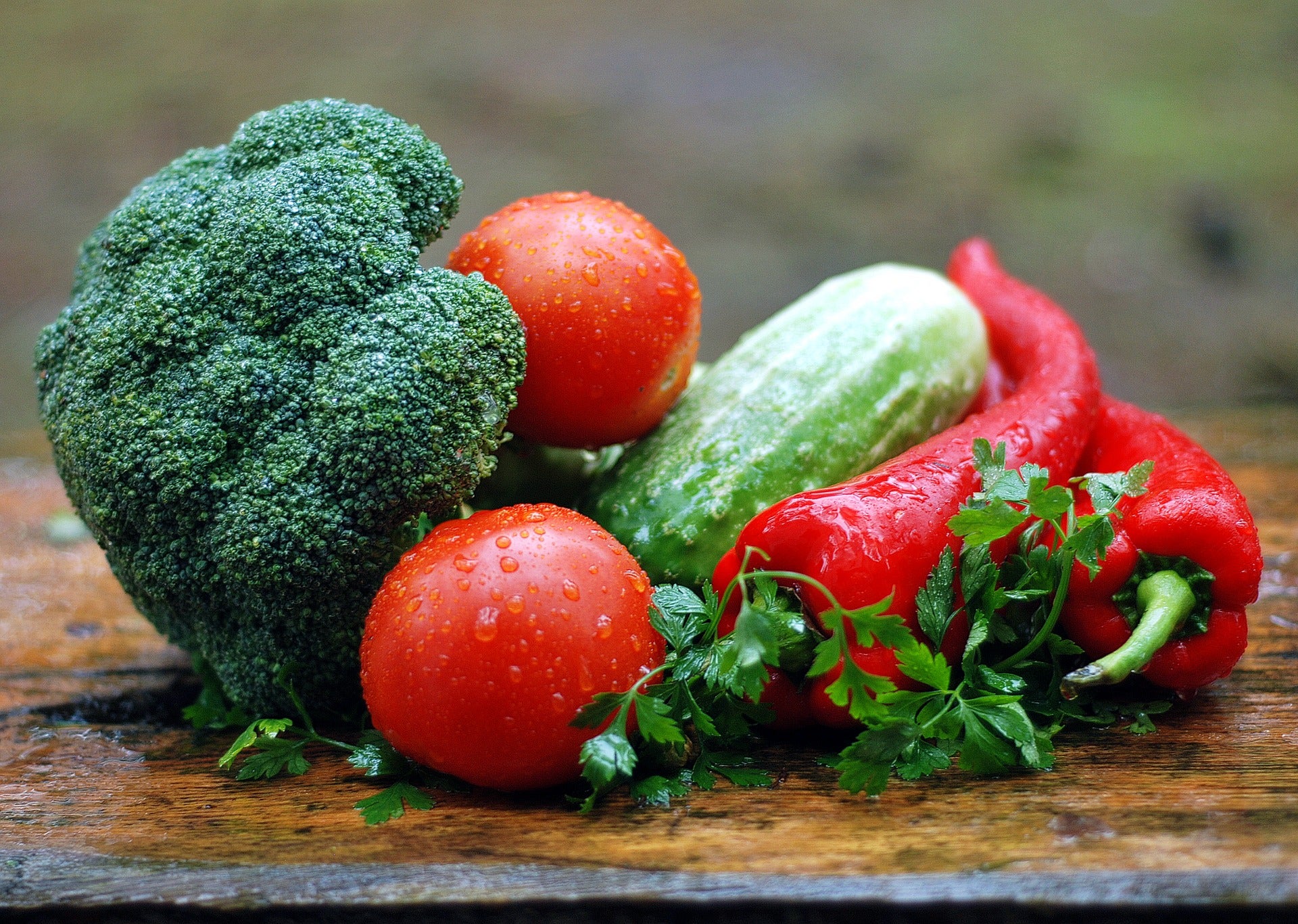Eat More Fruits and Veggies
Published 2:00 pm Monday, April 15, 2024

- Public domain
By Alethea Bruzek, Boyle County Extension
We all know that we should eat at least five servings of fruits and vegetables a day, but many of us don’t get the recommended servings. Fruits and vegetables are important to our diet, because they provide necessary nutrients and are high in dietary fiber and low in calories, fat and cholesterol. The Dietary Guidelines for Americans recommend that you make half your plate fruits and vegetables. Half sounds like a lot but it’s actually very easy to get those servings in.
Spring is an excellent time to try to incorporate more fruits and vegetables into your diet, as all of them will be in-season at some point in the coming months. In-season produce is the peak of a particular fruit or vegetable’s freshness, which means its flavor is going to be wonderful. An added benefit is the reduced cost for produce that’s in season.
Spring is also a time when many local farmers markets kick off their season. Shopping at a farmers market will not only give you the freshest produce possible but also gives you the opportunity to support local farmers and the local economy. The Boyle County Farmer’s Market will be starting back up in just a few short weeks. Check them out at Constitution Square on Saturday mornings from 9am-12pm. I’m also there on the first Saturday of each month handing out samples so you can get a serving of fruit or veggies real easy that way too.
I’m going to offer some help with eating more fruits and veggies. Incorporating more fruits and vegetables in your diet may seem like an impossible task, but here are some easy ways to do so.
- Add fresh fruit to either cooked or whole grain cereal.
- Add berries or other fruits to pancake batter.
- Add applesauce to a peanut butter sandwich.
- Try raw vegetables with cottage cheese or yogurt dip.
- Add vegetables to a tortilla to make either a vegetable quesadilla or breakfast burrito.
- Add chopped vegetables to an omelet, quiche or frittata.
- Try baked bagel chips with homemade salsa made from ingredients you purchased at the farmers market.
- If you don’t like the taste of a particular fruit, try preparing it in a different way, as it may actually be the texture you do not like.
Below are a couple of recipes developed by Sandra Bastin, University of Kentucky foods and nutrition extension professor, which you may also want to try.
Zippy Coleslaw
Yield: 8 servings
Slaw
1 small cabbage head, grated
¼ purple cabbage head, grated
2 carrots, grated
½ cup green onions, sliced
Zippy Dressing
1 cup mayonnaise, low fat
½ cup sour cream
6 tablespoons cider vinegar
3 tablespoons molasses
1 poblano pepper, grilled or roasted, peeled, minced
Combine slaw ingredients together in a large bowl. Combine dressing ingredients in a small bowl. Toss the slaw and dressing together and refrigerate to develop flavors for at least one hour.
Nutritional Analysis (1/2-cup): 170 calories, 4 grams protein, 30 grams carbohydrates, 5 grams fat
Fruit Kabobs
Yield: 4 servings
1 cup pear, chunks
1 cup honeydew, chunks
1 cup cantaloupe, chunks
1 cup strawberries, halved
½ cup blueberries
Lemon juice
1 cup plain yogurt, fat-free
2 cups granola
8, 6-inch bamboo skewers
Toss fruit in a small amount of lemon juice to stop browning. Alternate fruit chunks on the skewer with a blueberry between each. To serve, dip fruit in yogurt, coating all sides. Put granola into a shallow bowl and roll kabobs.
Nutritional Analysis (2 kabobs): 350 calories, 14 grams protein, 65 grams carbohydrates, 9 grams fat
Note: For smaller kabobs, use half the fruit on each kabob for 8 servings.
If you have questions about eating more fruits and vegetables, or if you’d like more information feel free to contact me by email at a.price@uky.edu .






